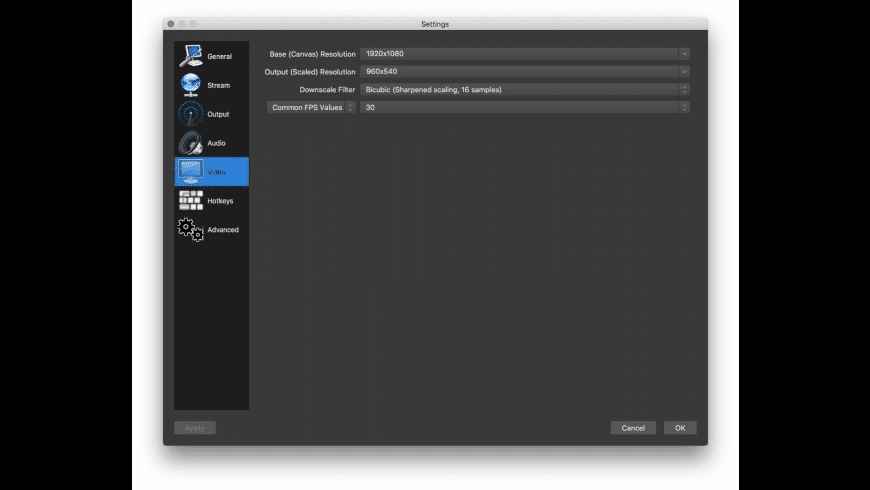

- #APPIUM LATEST VERSION FOR MAC INSTALL#
- #APPIUM LATEST VERSION FOR MAC ANDROID#
- #APPIUM LATEST VERSION FOR MAC MAC#
Tricentis recommends using the newest version. In the table below you can find a list of all these components and their versions.
#APPIUM LATEST VERSION FOR MAC ANDROID#
This component automatically detects and displays locally connected Android devices and emulators when you run the Mobile Scan.
#APPIUM LATEST VERSION FOR MAC INSTALL#
If you have problems with Appium installation, you may need to install some of them manually.Īdditionally, the macOS Mobile Configuration Wizard installs the Tosca Mobile Assistant. When the macOS Mobile Configuration Wizard installs Appium on your Mac, additional components are installed.
#APPIUM LATEST VERSION FOR MAC MAC#
WebDriverAgentLib in Xcode Components on your Mac Under Targets, select the target WebDriverAgentRunner and go to the General settings tab. In the Signing section, select a valid provisioning profile in the Team box. Under Targets, select the target WebDriverAgentLib and go to the General settings tab. The project is located either in the usr or opt directory under /usr/local/lib/node_modules/appium/node_modules/appium-webdriveragent. Open the project WebDriverAgent.xcodeproj. In the WebDriverAgent directory, run the scripts\bootstrap.sh file. Run the file located at the %TBOX_HOME% directory.Īfter you have configured your Mac with the macOS Mobile Configuration Wizard, you have to set a valid provisioning profile in Xcode. If you want to see the Appium logs for debugging purposes, you can: When you configure your tests, you have to specify the test configuration parameter AppiumServer. When you add devices in the Mobile Scan, you have to enter the Appium Server address in the Add connection window. You use the Appium Server address to establish a connection with an iOS device or a remote Android device in the following situations: The address consists of your Mac IP address, the default port 4723, and the standard path for the Appium Server: /wd/hub. To verify the Appium Server address, paste it into your browser. The macOS Configuration Wizard carries out the installation of the Appium Server on your Mac. If the installation is successful, click OK to go to the Finished page.Īfter successful configuration, the macOS Mobile Configuration Wizard displays the Finished page.Ĭlick Finish to close the macOS Mobile Configuration Wizard. In case of failure, you can view the installation logs in the MacOSMobileConfigurationWizard file located at %TRICENTIS_ALLUSERS_APPDATA%\logs\Automation. In this step, the macOS Mobile Configuration Wizard installs components on your Mac. Right-click the project root element and select macOS Mobile Configuration Wizard from the context menu.Įxample of messages on the Check Prerequisites page Open the Project window in Tosca Commander.

To open the macOS Mobile Configuration Wizard, follow the steps below: Open the macOS Mobile Configuration Wizard Install the following components on your Mac:Įnable the remote login on your Mac under Preferences ->Sharing ->Remote Login.įor a list of components that are installed during the process of Mac configuration, see chapter "Components on your Mac". Optionally, verify the Appium installation.īefore you run the macOS Mobile Configuration Wizard, you have to: Open the macOS Mobile Configuration Wizard.Ĭonfigure your Mac via the macOS Mobile Configuration Wizard. The macOS Mobile Configuration Wizard establishes a remote connection to your Mac and installs necessary components for mobile test automation.įollow the instructions in this chapter to: With the macOS Mobile Configuration Wizard you can quickly configure your Mac for the Mobile Engine 3.0 test automation of iOS and Android mobile applications. Prepare your Mac for mobile test automation


 0 kommentar(er)
0 kommentar(er)
